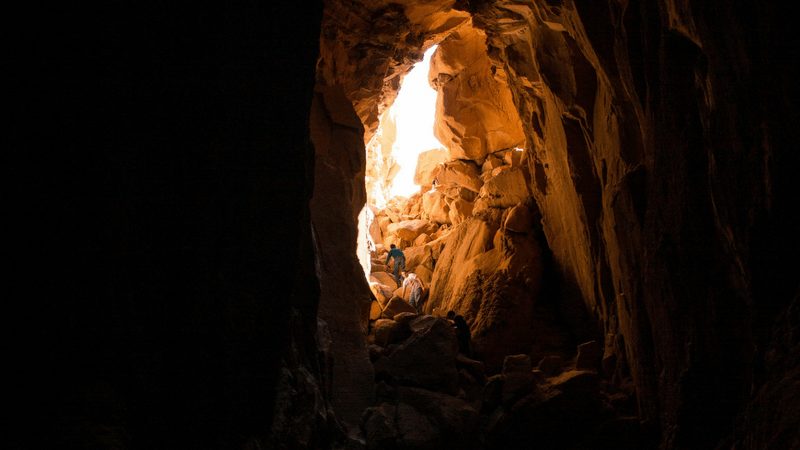Plato—Getting Out of the Cave
Episode #3 of the course What is wisdom: An introduction to philosophy by Will Buckingham
Plato was one of Socrates’s students and is perhaps the most famous philosopher in the Western tradition. He lived around 424-348 BCE. Plato’s influence is so great, the 20th-century philosopher Alfred North Whitehead claimed that the whole of the Western philosophical tradition was only a series of “footnotes to Plato.”
Although Plato was Socrates’s most famous follower and much of what we know about Socrates comes from Plato’s writings, his own approach to wisdom was significantly different. Perhaps the most famous—and oddest—expression of Plato’s view of wisdom comes from his “Allegory of the Cave.”
Shadows on the Wall
The Allegory of the Cave comes from what is perhaps Plato’s most famous work, the Republic. In the Allegory, Plato asks us to imagine that there are some prisoners chained up in a cave. They are chained so tightly, they cannot turn their heads and can only stare at the wall in front of them. Behind this row of unfortunate prisoners, there is a path, and behind the path, there is a fire. Along the path—it is a very weird image, just stick with it!—pass figures with puppets, and as they pass, the puppets throw shadows on the wall in front of the prisoners. It is as if the prisoners are chained up in a shadow-puppet show, just watching flickering shapes on the wall. But because they have always been there, they assume that these shadows are reality. For Plato, this is what life is like for most of us: We don’t see reality itself; instead, we see flickering shadows.
Getting Out of the Cave
The story goes on. Imagine, Plato says, that one of these prisoners is freed. The prisoner turns around and is astonished to see that what they have taken as reality is only a series of flickering shadows. But then Plato goes further. Imagine that the prisoner is compelled to climb a path out of the cave into the sunlight. At first, it would take time for the prisoner’s eyes to adjust to the dazzling light. But eventually, they would see a world far more colorful, rich, and complex than they had ever imagined.
Misunderstood Philosophers
Once our philosopher has gotten used to the sunlight, Plato asks us to imagine what they might do next. Perhaps they would be moved to compassion and want to share this new vision. So, they would go back into the cave to liberate their former companions. But to those people chained in the darkness, what the philosopher had seen would seem so outlandish and improbable that they would be considered a mad person or even threatened with death—as Socrates was put to death.
What Does It All Mean?
The Allegory of the Cave is complex. But there are a few things we can say about it. The 1st is that Plato wants us to think that we don’t see reality, but a pale shadow of reality. The 2nd is that wisdom involves seeing through the illusion to reality itself. The 3rd is that the path to wisdom is hard and difficult. And the 4th is that if you are wise, you will be misunderstood.
Wisdom and the World
This idea of wisdom as something that can be attained only by the few, something that involves a break with our everyday ways of seeing, and something that threatens to make us misunderstood appears in other traditions as well. One difficulty with this is that it doesn’t give much room for a positive role for wisdom in the world. Plato’s cave tells us something about what we can know but less about what we can do. Tomorrow, we will see how Plato’s student, Aristotle, brings us back to more practical questions.
Learn Something New Every Day
Get smarter with 10-day courses delivered in easy-to-digest emails every morning. Join over 400,000 lifelong learners today!
Recommended book
Recommended video
The Cave: An Adaptation of Plato’s Allegory in Clay
Share with friends

